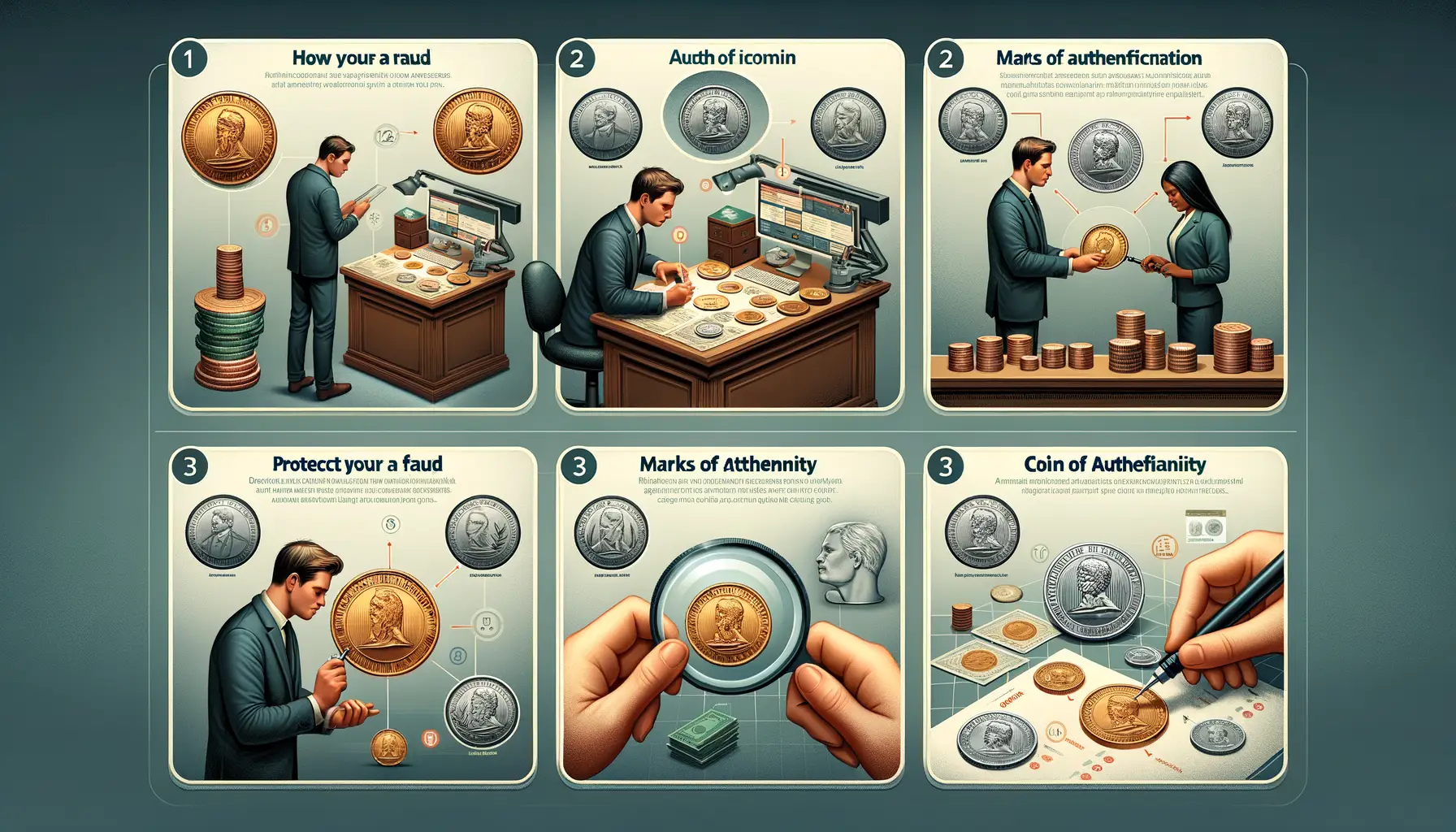The Historical Context of the 1944 Steel Penny
The World Chaos of 1944: Setting the Scene
Picture the world in 1944: the air is thick with the tension of World War II. Factories are churning out weapons and equipment at breakneck speed, ration coupons are more valuable than cash, and every ounce of metal feels like a lifeline for victory. In this storm of global upheaval, the United States Mint was under immense pressure to ensure that resources—like *precious steel*—were used wisely. Coins, surprisingly, were caught up in the chaos too.
In 1943, pennies were made from steel to conserve copper for war supplies, but by 1944, copper returned to the mix. However, amidst this deliberate switch back, something peculiar happened: a handful of 1944 pennies were accidentally struck in steel. Was it human error? A leftover planchet from 1943? Perhaps both!
These rare coins became whispers in the numismatic world—a strange byproduct of wartime necessity, almost like a soldier’s forgotten letter left behind in an old trunk. That’s the beauty of the 1944 steel penny; it’s not just a coin—it’s a small, shiny relic of a tumultuous era when the world walked the edge of uncertainty.
What Makes the 1944 Steel Penny an Anomaly

Why This Coin Defies Expectations
Picture this: it’s 1944, and the U.S. Mint is bustling with activity to support the war effort. Copper is desperately needed for ammunition casings, so pennies made from steel instead of copper were minted briefly in 1943. By 1944, everything was supposed to return to normal—copper coins were back! But then, somehow, a few rogue steel pennies slipped through the cracks.
This wasn’t just a tiny mistake—it was a blockbuster twist in numismatic history. The production process likely caused it: leftover steel planchets (blank coins) from 1943 were accidentally struck with 1944 dies. How rare is that? Imagine finding a four-leaf clover growing on top of a mountain—it’s that kind of rarity.
The Strange Appeal of Steel
What makes the 1944 Steel Penny stand out isn’t just its unique material but also what it symbolizes: a collision of history and human error. Collectors love it because:
- Its distinct silver-gray color is a stark contrast to the copper coins of 1944.
- It’s a tangible remnant of wartime America and the minting chaos surrounding resource shortages.
Think of it as the “accidental celebrity” of the coin world—rare, fascinating, and unforgettable.
How to Identify a Genuine 1944 Steel Penny

Spotting the Real Deal: 1944 Steel Penny Traits
Imagine holding a piece of history in your hands—a coin so rare that it feels like finding buried treasure. But how do you know if that shiny penny in front of you is a genuine 1944 steel penny or just another elaborate counterfeit? Fear not! Here’s what to look for.
- Magnetic Properties: The first test is as simple as grabbing a magnet. Unlike copper pennies, genuine steel cents are magnetic due to their steel core.
- The Weight Test: Authentic 1944 steel pennies typically weigh around 2.7 grams. A standard copper penny from that era will tip the scale closer to 3.1 grams.
- Date and Mint Mark: Pay extra attention to the “1944” engraving. Look for signs of tampering, such as altered numbers or unusual font inconsistencies.
Watch Out for Fakes!
Counterfeiters often modify regular 1943 steel pennies or plate copper coins with zinc to mimic steel. Use a magnifying glass to inspect the surface. Uneven plating? Suspicious scratches? These could be red flags. Consulting with a numismatist or sending your coin for professional authentication might just save you heartbreak—and money.
Keep those detective skills sharp, and happy hunting for this elusive gem!
Value and Market Trends for the 1944 Steel Penny

The Unexpected Fortune Hidden in a Rare Coin
Imagine holding a piece of history so rare, so extraordinary, that collectors worldwide would clamor to add it to their treasure troves. That’s exactly what the 1944 Steel Penny represents—a small yet mighty relic that defied its intended purpose and accidentally found its way into circulation. Its value? Let’s just say it’s enough to make your heart skip a beat.
Today, a genuine 1944 Steel Penny can fetch a jaw-dropping price tag, depending on its condition. For reference:
- In circulated but decent shape, these coins can command anywhere from $75,000 to $100,000.
- If you’re lucky enough to own one in pristine, uncirculated condition, the value skyrockets to nearly $200,000, or even higher at exclusive auctions!
The market trends are equally fascinating. With more collectors embracing niche pieces, the demand for ultra-rare “error coins” like the 1944 Steel Penny is booming. Unlike mainstream coins that fluctuate based on bullion prices, this gem thrives on its story—the accidental superstar of wartime production. Intrigued yet? Keep reading to uncover more about this numismatic marvel.
Tips for Collectors and Enthusiasts

Unleashing Your Inner Treasure Hunter
Collecting coins is not just a hobby; it’s an adventure into history, a chance to hold the past in your palm. The 1944 Steel Penny, with its unique backstory and rarity, has captivated collectors for generations. If you’re hoping to add one of these legendary coins to your collection, here are some tailored tips to help you on your journey:
- Know your tools: A high-quality magnifying glass is essential for identifying mint marks, fine details, and spotting possible counterfeits.
- Build relationships: Attend coin shows and join online forums where other collectors gather. Networking can be your golden ticket to finding a hidden gem!
- Stay informed: Follow auction sites and price guides frequently. The market for rare coins is dynamic—staying ahead means knowing what others might overlook.
Avoid the Pitfalls of Counterfeits
The thrill of chasing a 1944 Steel Penny can sometimes cloud judgment—don’t let it happen to you! Always verify authenticity before making a purchase. Genuine 1944 Steel Pennies are magnetic, so always carry a small magnet to test potential finds. Compare the weight too; genuine steel pennies weigh about 2.7 grams. And remember, if an offer seems too good to be true, it probably is.




